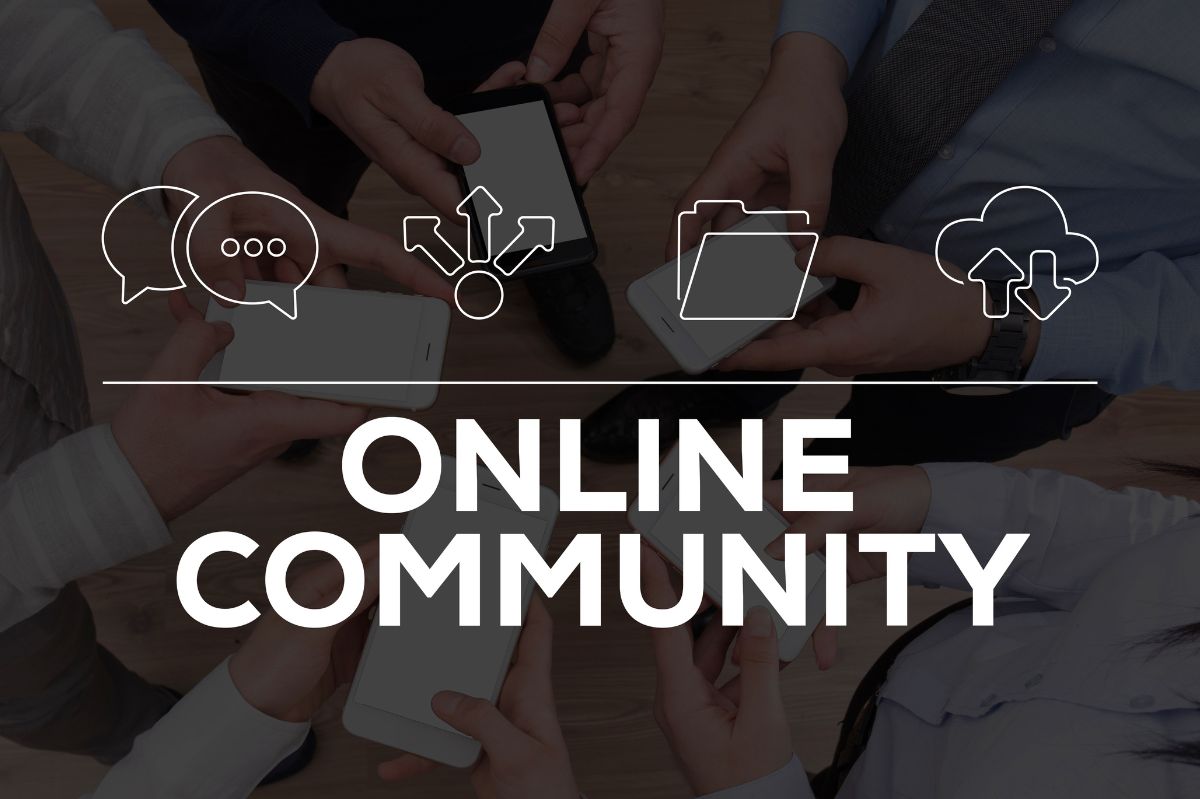Do you want to create your online community to retain your customers? Here’s how to open it and better manage an online community.
Knowing how to create an online community and manage it best to build customer loyalty is essential for anyone intending to do inbound marketing. The strategies to follow and the techniques to be adopted are many; let’s now see which are the best.
What is a Community
With the internet and social networks spread, the definition of community has taken on new forms. By Community, on the web, we mean a set of internet users interested in the same topic and/or with a common approach to life who participate in discussions and exchange messages.
How to open an online community
Before opening the online community, it is good to define its objectives. From a marketing perspective, an online community can help a brand create new business opportunities, launch a new product, interact with potential customers in a personalized way and retain them, and listen to their needs and habits.
Before opening an online community, it is also important to define its nature, which can be internal or external (i.e., aimed at employees and collaborators or fans and customers).
Then, it is necessary to develop a strategy that includes a series of specific actions to be performed concerning the position of the user/fan/customer within the classic sales funnel.
In this preliminary phase, the right channel for the creation of the online community must also be identified. In this regard, Facebook provides groups, i.e., spaces explicitly created to allow users to discuss shared interests with others.
On Mark Zuckerberg’s social media, it is possible to create a community around practically anything. To do this, click on the “Create” button at the top right and then select the “Group” item. Facebook allows those who create the Community to choose the name of the group, invite people to it and customize the privacy settings.
How to manage an online community
For proper management of the online community, it is necessary to establish rules that define what users can do and what, on the contrary, they are forbidden to do. The set of rules of the virtual community is called netiquette and must be accessible for all members to view.
Equally important is to draw up an editorial plan that considers the need to involve your community around your brand (concerning the objectives) without being too invasive. Within the editorial calendar, it is therefore useful to alternate promotional posts with other useful links that offer new food for thought, Q&A sessions (questions and answers) with experts, images, memes, and informative graphics, videos, and direct. It may also be useful to reserve a space in the editorial calendar for User Generated Content, the content generated by the users themselves.
Listening to users is essential, as is responding (with grace and sympathy, in line with the tone of voice) to their comments. Those who manage an online community must always be present and follow what happens within the community (including any crises).
Also Read : Cloud Computing: The 5 Main Features







